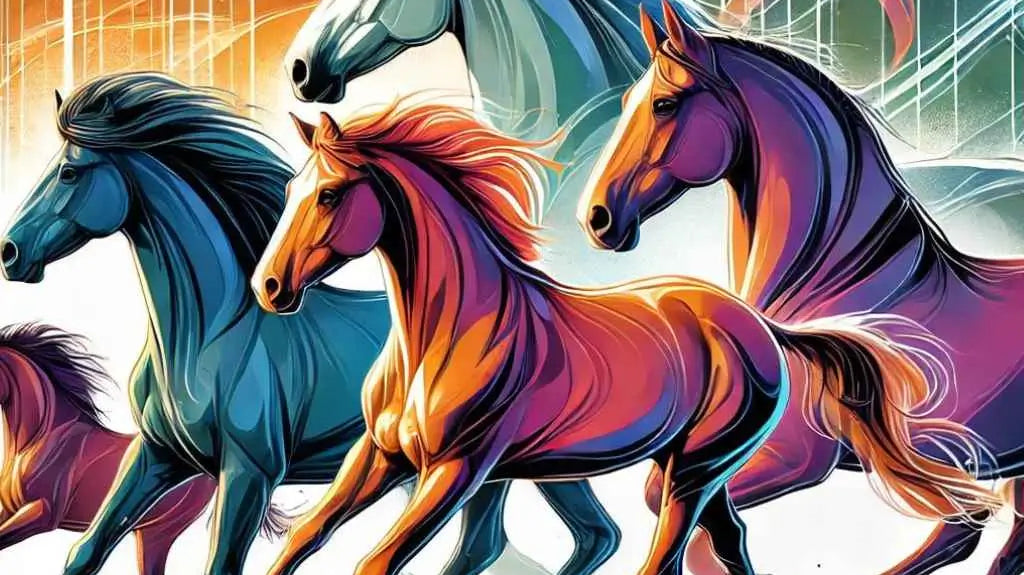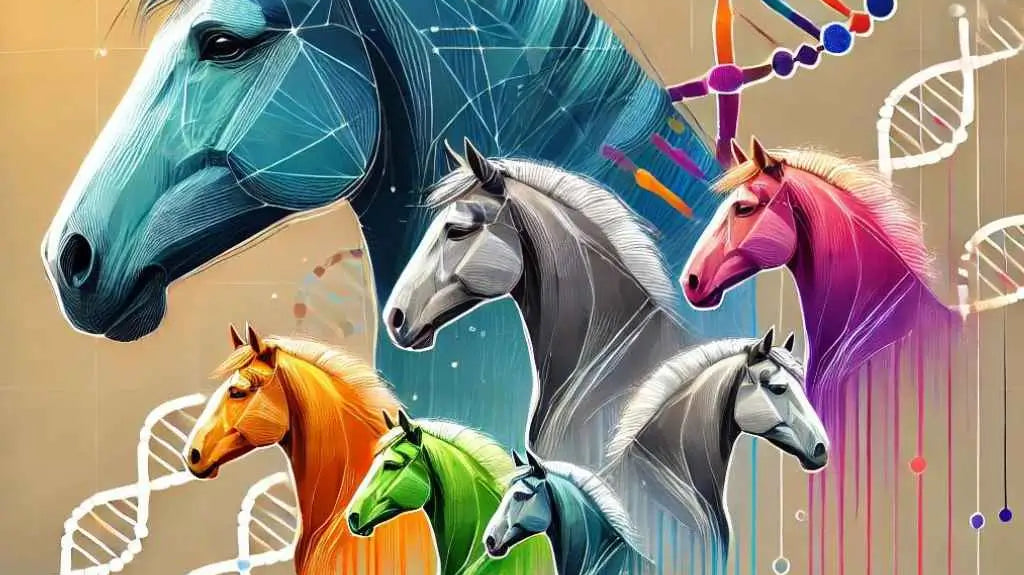It's indeed a jockey's worst nightmare: the presence of the highly infectious Equine Herpesvirus-1 (EHV-1). From leading to respiratory infections to severe neural issues - the scope of this virus is vast and its impacts potentially dire. The recent detection of EHM (Equine Herpesvirus Myeloencephalopathy), a more severe form of the disease caused by EHV-1, in two horses in El Dorado County, California has sounded the alarm for all horse owners and caregivers.
Understanding the Scope of EHV-1 and EHM
Let's take a canter through the facts. EHV-1 typically manifests symptoms like fever, cough, loss of appetite, and nasal discharge in horses. Things take a turn for the worse when the virus morphs into EHM, adding neurologic symptoms such as loss of coordination (ataxia), limb weakness or paralysis, urine dribbling, loss of tail tone, and an inability to rise to the mix.
The stakes are much higher than a lost race when it comes to these diseases; The quality of life gets severely impacted and, in extreme cases, the disease can be life-threatening.
The California Case: EHV-1 Turns to EHM
This highlight reel saw its ominous debut when two horses in El Dorado County tested positive for EHM. This triggered a mandatory quarantine for 28 horses who had been exposed to the virus. Four other horses couldn't keep up with this unexpected hoof avail and sadly had to be euthanized.
Preventing does beat curing: Steps To Prevent Transmission of EHV-1 and EHM
While the EHM outbreak in California seems like a scene out of a horse horror story, it emphasizes the importance of disease prevention. Being aware of the symptoms, practicing good hygiene around horses, avoiding close contact with infected animals, and ensuring they receive proper nutrition—all these can be significant strides towards halting the virus from reaching the finish line.
Recognizing the Risk Factors
Like many diseases, stress and fatigue make an unintended but potent tag-team, intensifying the impacts of EHV-1 and EHM. Hence, managing these elements is crucial for the health and wellbeing of our equestrian champs.
Riding Towards a Healthier Future
The equine industry's love for the sport and its steeds haven't been chomped down by the threat of EHV-1 and EHM. As horse owners and caregivers, we all need to buck up, remain vigilant, and ensure our animals are not only swift on the racecourse but also strong against potential diseases.
Together, we shall not let EHV-1 and EHM win the derby against our beloved horses.
```



